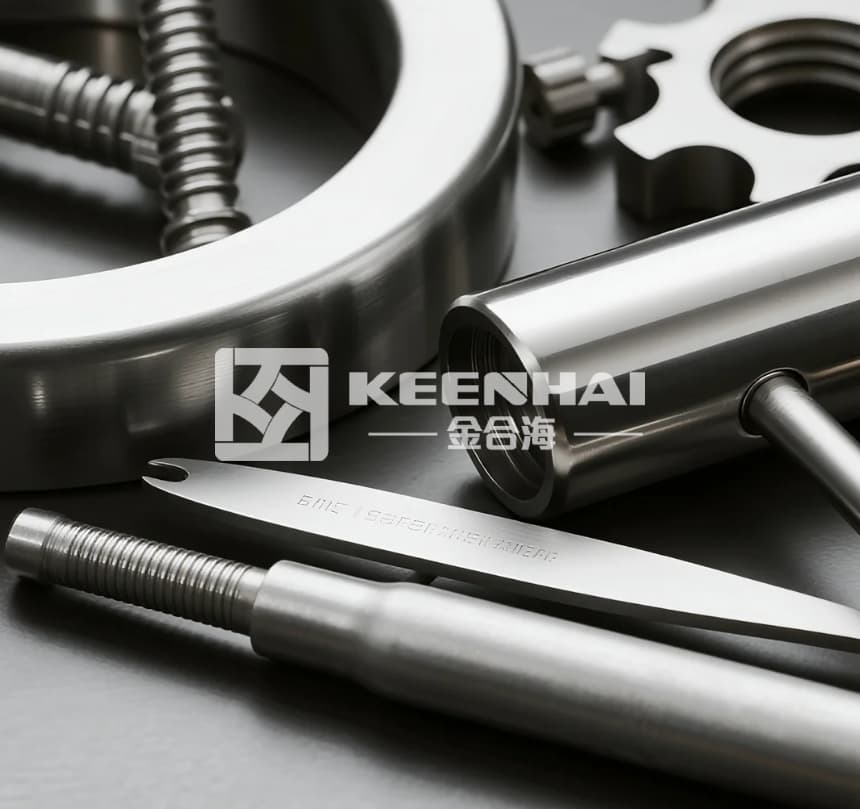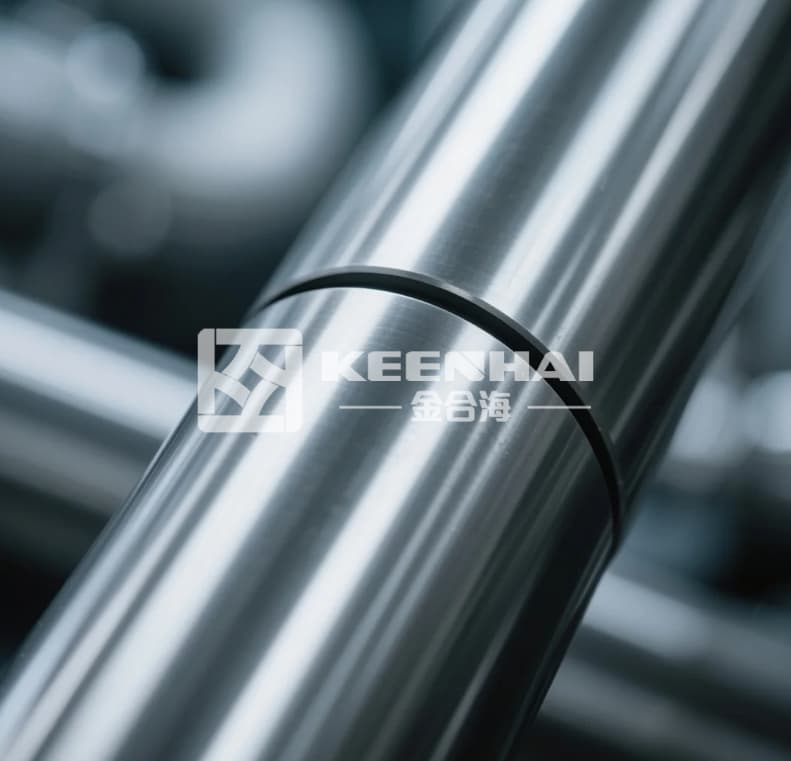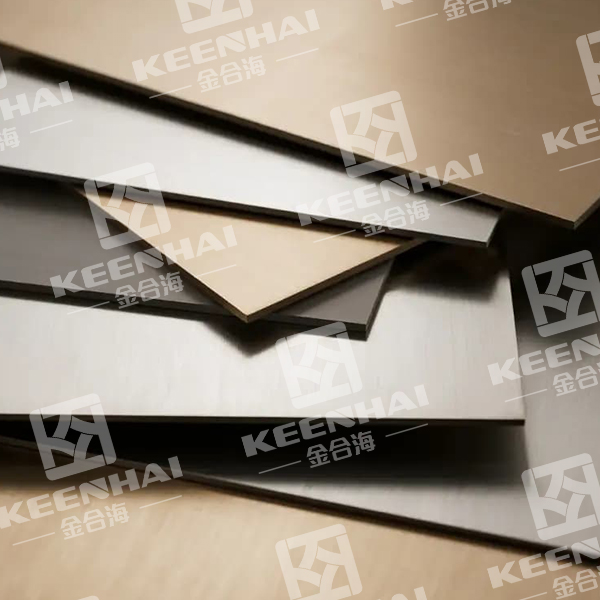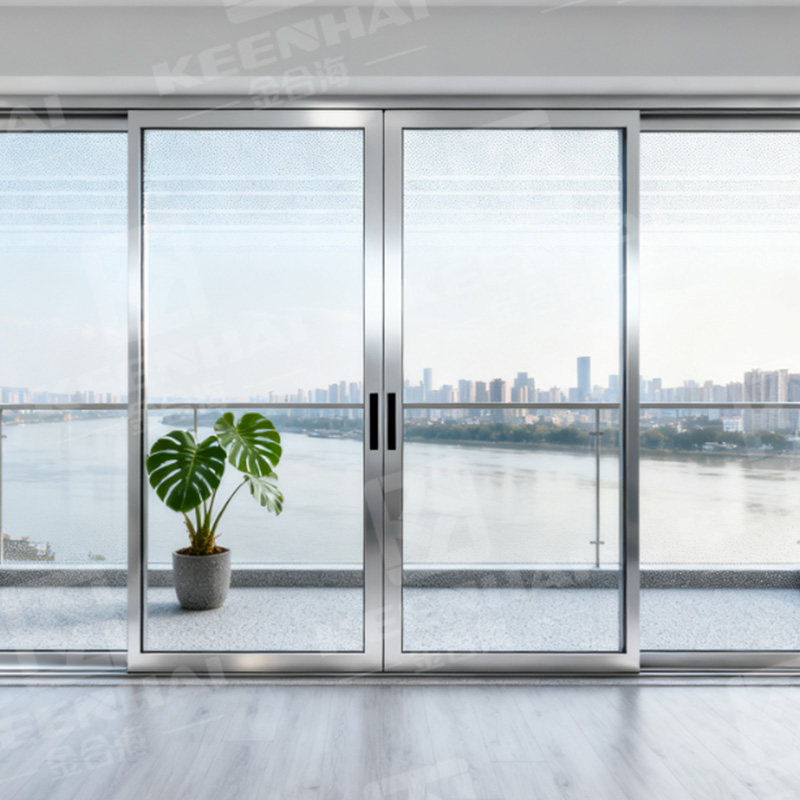Learn about 316 stainless steel’s tensile strength, corrosion resistance, and design-friendly finishes. Ideal for kitchens, building facades, and industrial applications, it combines long-term durability with modern visual appeal.
Chemical Composition of 316 Stainless Steel
1.1 Major Elements: Chromium, Nickel, Molybdenum
316 stainless steel is known for its excellent corrosion resistance, thanks to its carefully balanced alloy composition. The main elements include:
-
Chromium (16–18%): Forms a thin, protective oxide layer on the surface, preventing rust and corrosion.
-
Nickel (10–14%): Stabilizes the austenitic structure, enhancing ductility and toughness.
-
Molybdenum (2–3%): Provides extra resistance to pitting and crevice corrosion, particularly in chloride-rich environments like coastal buildings.
These elements together make 316 stainless steel a preferred choice for marine-grade applications, high-end kitchen surfaces, and stainless steel products in commercial interiors, where both durability and aesthetics are critical.
1.2 Trace Elements and Their Effects
Besides the major components, 316 stainless steel contains small amounts of trace elements, each serving a purpose:
-
Carbon (≤0.08%): Maintains strength while limiting carbide precipitation that could lead to intergranular corrosion.
-
Manganese (≤2%): Enhances hardness and helps stabilize the structure during heat treatment.
-
Silicon (≤1%): Improves oxidation resistance at high temperatures.
-
Phosphorus and Sulfur (≤0.045% each): Minor additions improve machinability but are kept low to avoid brittleness or corrosion risks.
This precise mix ensures that the alloy performs reliably under heavy-duty conditions, from stainless steel exterior walls on high-rise buildings to laboratory surfaces that are exposed to chemicals daily.
1.3 How Composition Impacts Corrosion Resistance
The combination of chromium, nickel, and molybdenum is what gives 316 stainless steel superior resistance to both general corrosion and localized attacks like pitting. The following table illustrates how each element contributes:
| Element | Function in Corrosion Resistance | Typical Content (%) |
|---|---|---|
| Chromium | Forms protective oxide layer | 16–18 |
| Nickel | Improves toughness, stabilizes structure | 10–14 |
| Molybdenum | Enhances resistance to pitting and chlorides | 2–3 |
| Carbon | Controls carbide formation, reduces intergranular corrosion | ≤0.08 |
In practice, this means 316 stainless steel can handle saltwater exposure, humid climates, and even acidic cleaning solutions without losing its integrity. Architects often specify this grade for coastal hotel facades, marine railings, or stainless steel sheet panels in high-humidity environments, ensuring that surfaces stay strong and visually appealing for decades.

Mechanical Properties
2.1 Tensile Strength and Yield Strength
316 stainless steel is widely chosen for projects that demand high structural performance because of its impressive tensile and yield strength. Tensile strength measures the maximum stress the material can handle before breaking, while yield strength indicates the point at which the material permanently deforms under stress. Typical 316 stainless steel has a tensile strength of 515–720 MPa and a yield strength of 205–275 MPa, making it robust enough for heavy-duty architectural applications.
For example, when used in stainless steel sheet panels for hotel facades or elevator interiors, these properties ensure the surface can withstand weight, wind pressure, and accidental impacts without bending or cracking. Engineers often calculate the load-bearing capacity by factoring in both yield and tensile strength to guarantee long-term structural integrity.
2.2 Hardness and Ductility
Hardness in 316 stainless steel determines its resistance to scratches and surface wear, while ductility reflects its ability to bend without breaking. This combination allows architects and fabricators to shape panels, railings, or decorative surfaces with precision. On the Mohs scale, 316 stainless steel typically ranges around 5.5–6, which is sufficient for commercial and residential applications that experience frequent contact or abrasion.
Ductility ensures that large sheets can be rolled, formed, or bent during installation without cracking, which is crucial for projects like curved suspended stainless steel ceilings or custom decorative wall claddings. The balance between hardness and ductility allows designers to achieve sleek aesthetics while maintaining structural reliability.
2.3 Impact of Temperature on Strength
316 stainless steel maintains strength across a wide range of temperatures, making it suitable for both indoor and outdoor applications. At temperatures up to 870°C (1,598°F) for intermittent exposure and 925°C (1,697°F) for continuous exposure, the material retains a significant portion of its mechanical properties.
Temperature affects both tensile and yield strength. For instance:
-
At room temperature, 316 stainless steel performs at its standard tensile and yield strength.
-
At elevated temperatures (200–400°C), there is a gradual decrease in strength, but it still outperforms many standard steels in corrosion-prone environments.
-
At sub-zero temperatures, the alloy remains ductile without becoming brittle, which is critical for outdoor installations in cold climates or for industrial projects exposed to refrigeration cycles.
These characteristics make 316 stainless steel ideal for a variety of applications, from coastal building facades to kitchen countertops, and even stainless steel sheet panels in chemical processing plants, where both temperature fluctuations and mechanical load are common.

Corrosion and Rust Resistance
3.1 Performance in Marine and Humid Environments
316 stainless steel is renowned for its superior performance in humid and marine environments. The addition of molybdenum enhances resistance to pitting and crevice corrosion, which is common in areas with high salt exposure.
Coastal Architecture Applications
Buildings near the sea often face constant salt spray and high humidity. Using stainless steel exterior wall panels ensures that facades remain rust-free for decades. Designers prefer this grade for cladding, balcony railings, and outdoor staircases where both durability and visual appeal are critical.
Indoor High-Humidity Areas
Even indoors, areas like spas, swimming pools, or kitchens experience elevated moisture levels. 316 stainless steel’s resistance to corrosion prevents staining or surface degradation, making it a reliable choice for both commercial and residential installations.
3.2 Resistance to Chemicals and Acids
316 stainless steel can withstand a variety of chemicals without deteriorating, thanks to its high chromium and nickel content. It is particularly resistant to:
-
Acids such as acetic, nitric, and citric acid
-
Chlorides, which are prevalent in cleaning agents and marine environments
-
Industrial chemicals, making it suitable for laboratories and food processing plants
Chemical Resistance in Practical Use
For example, in laboratory countertops or kitchen prep surfaces, 316 stainless steel does not stain or corrode when exposed to cleaning solutions or acidic spills. This ensures long-term usability without requiring frequent maintenance, which is why architects and contractors often specify this material for high-contact environments.
3.3 Long-Term Surface Stability
One of the hallmarks of 316 stainless steel is its ability to maintain structural and aesthetic integrity over time, even under harsh conditions.
| Environmental Factor | 304 Stainless Steel | 316 Stainless Steel |
|---|---|---|
| Saltwater Exposure | Moderate rust risk | Highly resistant |
| Chloride-based Cleaning Agents | Moderate corrosion | Excellent resistance |
| High Humidity Areas | Prone to pitting | Long-term stability |
In practice, this means 316 stainless steel can be used for stainless steel exterior wall panels, marine handrails, or even outdoor furniture, maintaining its shine and strength for decades without significant maintenance. Its combination of durability and corrosion resistance makes it a go-to material for architects and engineers dealing with harsh environmental conditions.

Thermal and Electrical Properties
4.1 Heat Resistance and Expansion
316 stainless steel offers excellent heat resistance, which allows it to maintain structural integrity under high-temperature conditions. Its thermal expansion coefficient is approximately 16 × 10⁻⁶ /°C, meaning it expands slightly when exposed to heat but remains stable in most architectural applications.
High-Temperature Applications
-
Kitchen environments – 316 stainless steel panels or work surfaces resist deformation even under repeated exposure to ovens and stoves.
-
Industrial installations – Piping, tanks, and heat exchangers made from this grade maintain performance without warping.
-
Architectural design – For curved or large-scale stainless steel suspended drop ceiling systems, accounting for thermal expansion ensures panels fit perfectly throughout temperature fluctuations.
Using proper installation techniques, such as expansion joints or precise panel spacing, helps accommodate natural thermal movements without compromising aesthetics.
4.2 Thermal Conductivity
316 stainless steel has relatively low thermal conductivity (~16 W/m·K), which means heat spreads slowly across its surface.
Practical Benefits
-
Kitchen surfaces and appliances – Slower heat transfer prevents hot spots and improves safety.
-
Building interiors – For decorative ceilings or wall panels, this property reduces heat loss or gain, contributing to energy efficiency.
-
Industrial machinery – Components exposed to heat cycles benefit from predictable thermal behavior, reducing the risk of stress fractures.
The combination of heat resistance and controlled thermal conductivity makes 316 stainless steel versatile for applications ranging from modern kitchen countertops to high-end commercial ceilings.
4.3 Electrical Conductivity
316 stainless steel is a poor conductor of electricity compared to copper or aluminum, which can be advantageous in architectural and industrial contexts.
Applications
-
Lighting fixtures and suspended ceilings – Using stainless steel reduces the risk of unintended electrical conduction, adding a layer of safety.
-
Building exteriors – Decorative panels or façades will not interfere with nearby electrical installations.
-
Industrial equipment – Components that must avoid electrical flow can rely on 316 stainless steel’s low conductivity.
This combination of thermal and electrical properties ensures that 316 stainless steel remains a reliable, safe, and aesthetically pleasing material across a wide range of applications. Designers and engineers often specify this material in projects where heat management, electrical safety, and long-term durability intersect.
Looking for a finish that keeps 316’s corrosion resistance while adding vibrant color and extra hardness?Explore our complete guide: What is a PVD stainless steel sheet?







